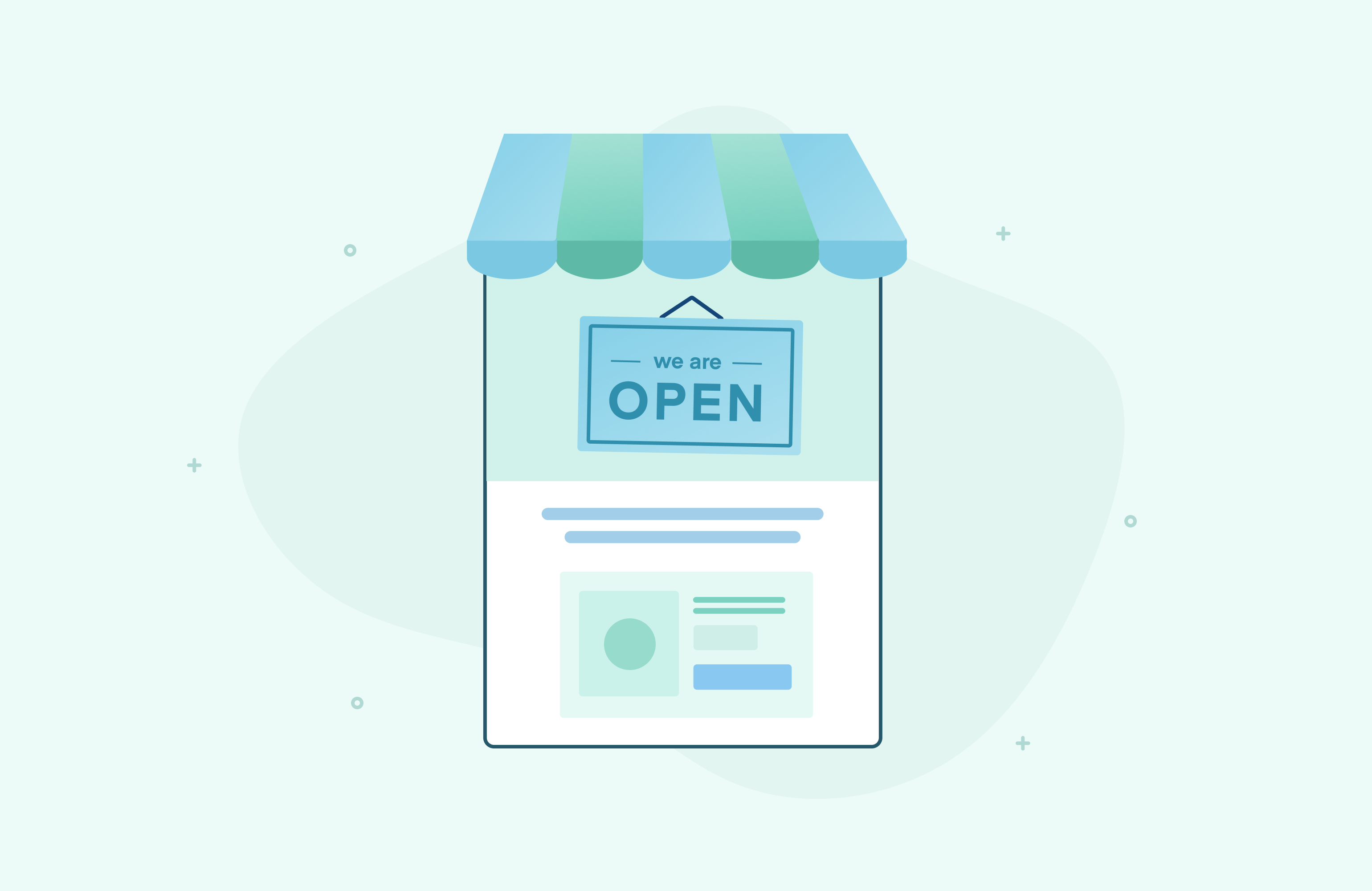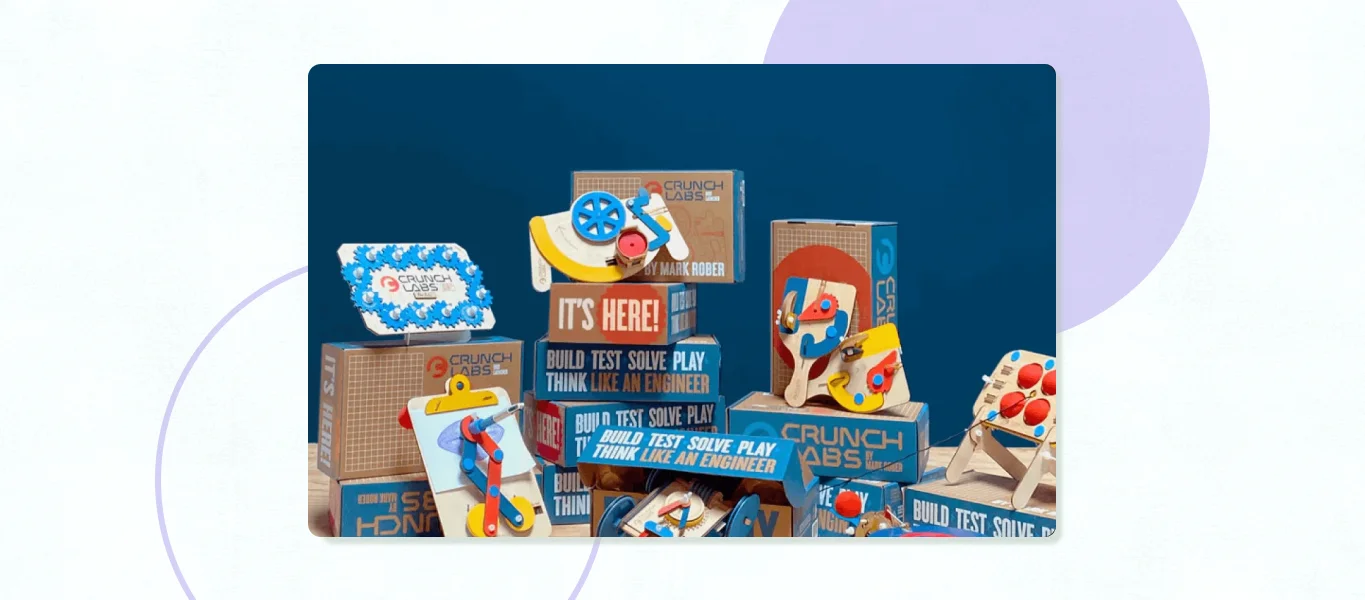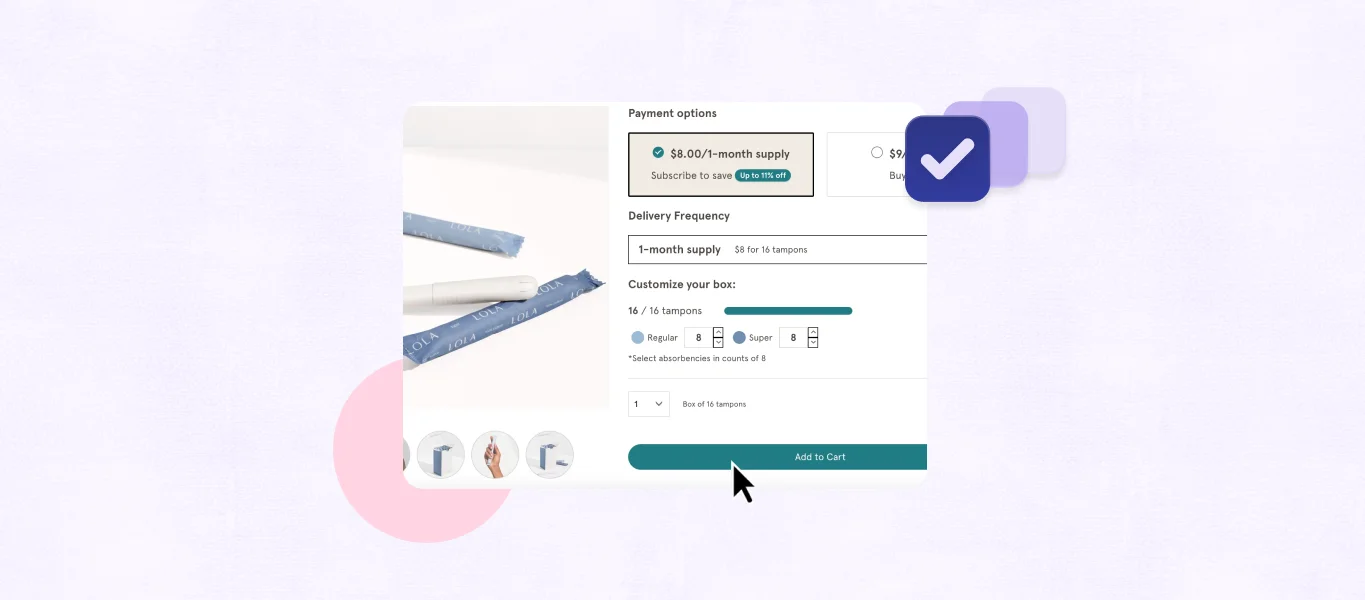Remember the old normal? Before the new normal of curbside pick up and endlessly scrolling while online shopping. That tactile experience of shopping at a brick and mortar store. You were able to browse the aisles of a physical store, pick up products, and touch fabrics. Chat with entrepreneurs of local businesses you’d become a repeat customer of.
Of course, we all know what happened next. The paradigm shift to the new normal of online shopping as lockdowns changed consumer habits in the span of a few weeks. The brick and mortar business model began starving on the vine, requiring small business owners to rethink their operations entirely.
Online and offline. No longer just retail stores, no longer just bricks. Thus, 2020 became the year of click and mortar businesses.
The click mortar term is more than just a cute name. Click and mortar, having both an online and offline store, has allowed businesses to pivot across the globe.
Any physical store recognizes the importance of a branded website as the foundation of a successful business strategy. Click and mortar takes that one step further, emphasizing the idea that businesses should meet their customers where they are and provide them with a positive brand experience. So, let’s unpack the rise of clicks and the decline of bricks. Here’s your click and mortar overview.
Brick and mortar vs click and mortar
Brick and mortar is your classic “Mom and Pop” type retailer. It’s your traditional offline shopping experience, purchasing items in the physical store and walking out with your goods. The physical store may have a website, but it’s not optimized for selling products.
Click and mortar (also known, to my delight, as “bricks and clicks”) is an omnichannel business model. The easiest way to understand it is to think of it as the brand meeting customers where they are. Are they at home scrolling social media when they see an ad for your store and in a few clicks are purchasing products? Are they sitting on their computer, shopping on your website? Are they swinging by your in-store location, shopping in person and having the goods delivered straight to their home?
Click and mortar businesses have no barrier to entry. Access to products through whatever medium your customer prefers gives them the flexibility to make purchases independent of location.
An omnichannel business model
Think of omnichannel like multi-channel access for your customers. Your brand’s social media, website, retail business: These online and offline operations are all sales channels for you. Businesses have made entire branded mobile applications dedicated to streamlining the customer experience and incentivizing the process with discounts and rewards.
For a real world example, the other day, I saw an advertisement on Instagram for a new Indian restaurant that had opened near me. I clicked to their website and saw that if I used their mobile app, I would gain loyalty points, as well as a $5 credit off my first order. A few quicks later, I had browsed their menu on their branded app, placed my order, and soon was picking up my food at their store. This is click and mortar in motion.
These multiple touchpoints with your consumers give your business the advantage of valuable data to personalize your marketing strategies. Leveraging a subscription business model with click and mortar gives you multiple opportunities to interact with your consumers because of the nature of repeat orders. You can build a rapport with customers, provide them with valuable information on using your products, and offer personalized cross-sells (one-time products) or upsells that you know they’d find useful.
“We’re so happy you love our eco-friendly laundry detergent pods. Would you like to add a discounted one time purchase of our wool dryer balls to eliminate the need for disposable dryer sheets?”
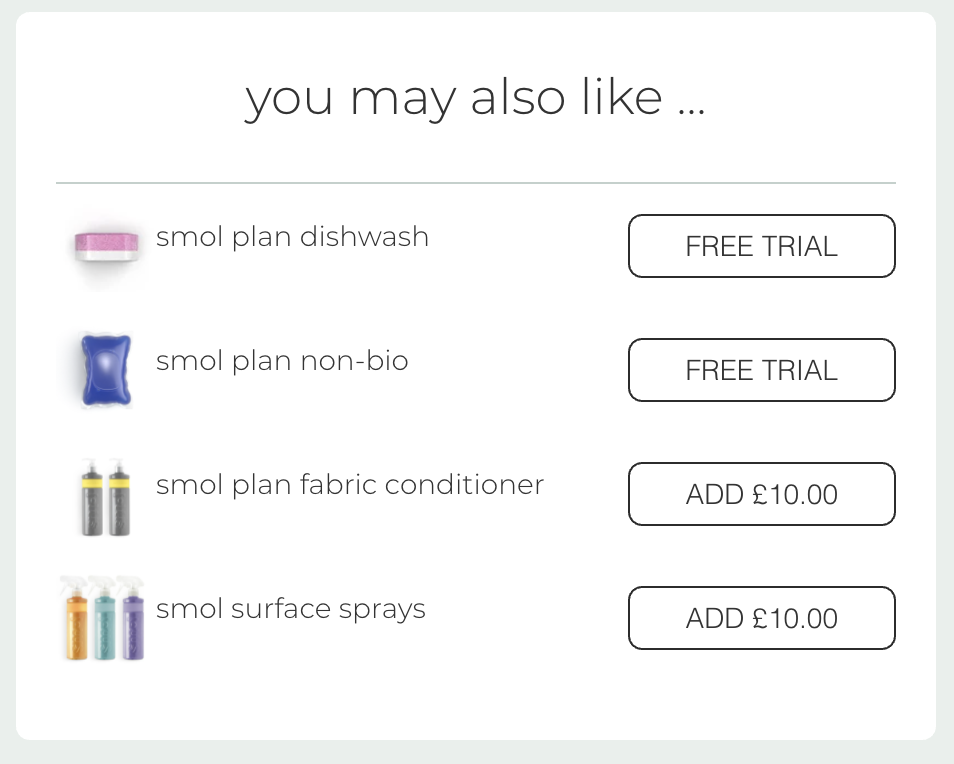
Before checkout, when purchasing their laundry pods, Smol offers a variety of useful one-time products or other subscription offering.
Changing the shopping experience
Let’s reflect on 2020 for real world examples of the rise of click and mortar. With customers unable to visit the physical stores they frequented prior to the pandemic, the brick and mortar business model had to shift.
Grocery shopping, an essential activity across the world, became a worrisome but necessary endeavour during the pandemic. But how could you mitigate risk for more vulnerable consumers like the elderly or those with compromised immune systems? Cue companies like Shipt and InstaCart which saw a boom in 2020.
According to Supermarket News, grocery pickup services made up about 3.4% of the grocery market in 2019. In 2020, that number jumped to 10.4%, and by 2025, it’s predicted to exceed 21%. Even as restrictions lift and people venture back out to the store, the convenience factor and knowledge that those services exist will make it easier for customers to shop with a few clicks rather than making a trip to the store.
While some used curbside pickup or courier delivery services, many others used subscription food boxes. It’s expected that the meal kit service will grow to around 7.63 billion US dollars in revenue by 2025.
On the topic of click and mortar stores leveraging subscriptions to take their businesses to new heights…
The subscription staying power
Subscriptions thrived over 2020. In our recent State of Subscription Commerce Report, which centers around the challenges and opportunities of 2020, we saw a 91% increase in subscribers year-over-year, with most verticals seeing huge gains.
Great examples of companies making the shift to click and mortar are stores like The Sill and General Assembly Pizza, which pivoted to meet the needs of their customers, delivering directly to their doorsteps. As a proud Canadian (True North strong and free), let’s focus on how a made-to-order pizza pies business found a way to reach their customers in an unprecedented time.
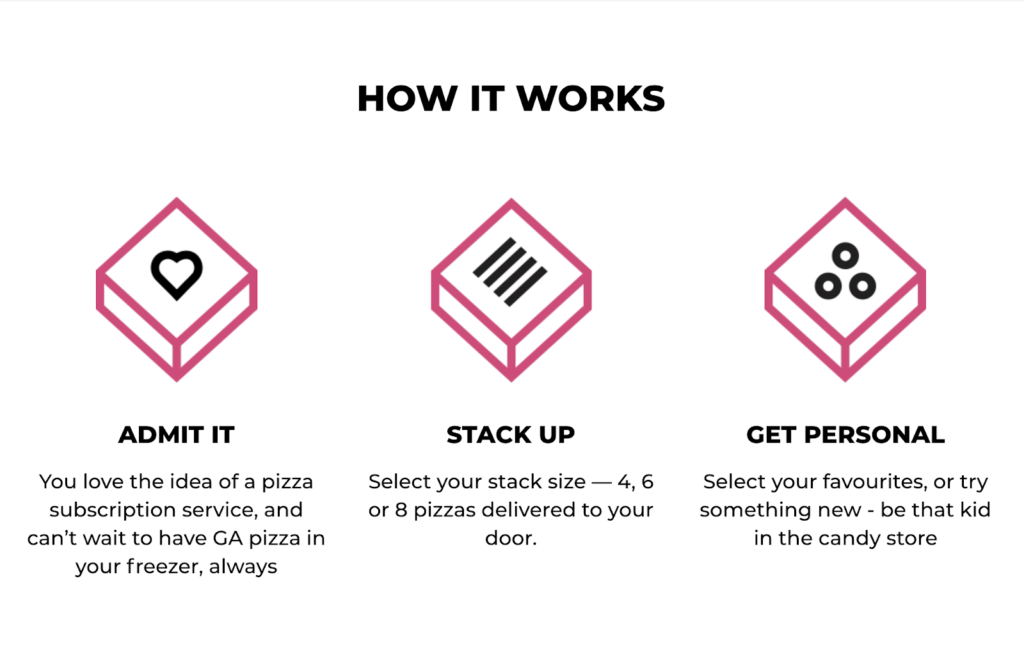
When the lockdown shuttered restaurants to foot traffic in Toronto, General Assembly Pizza reimagined themselves as more than just a restaurant. Thus, a click and mortar business was forged. As their website reads, “Today, we’re more than a restaurant, we’re changing the game and we’re building a pizza-powered community like no other.”
Their innovation was selling their products, delicious pizza pies, to their customers via a subscription. Their subscription service offered “stacks” of 4, 6, and 8 pizzas with a cook-time of 5 minutes delivered to residents of the Greater Toronto Area.
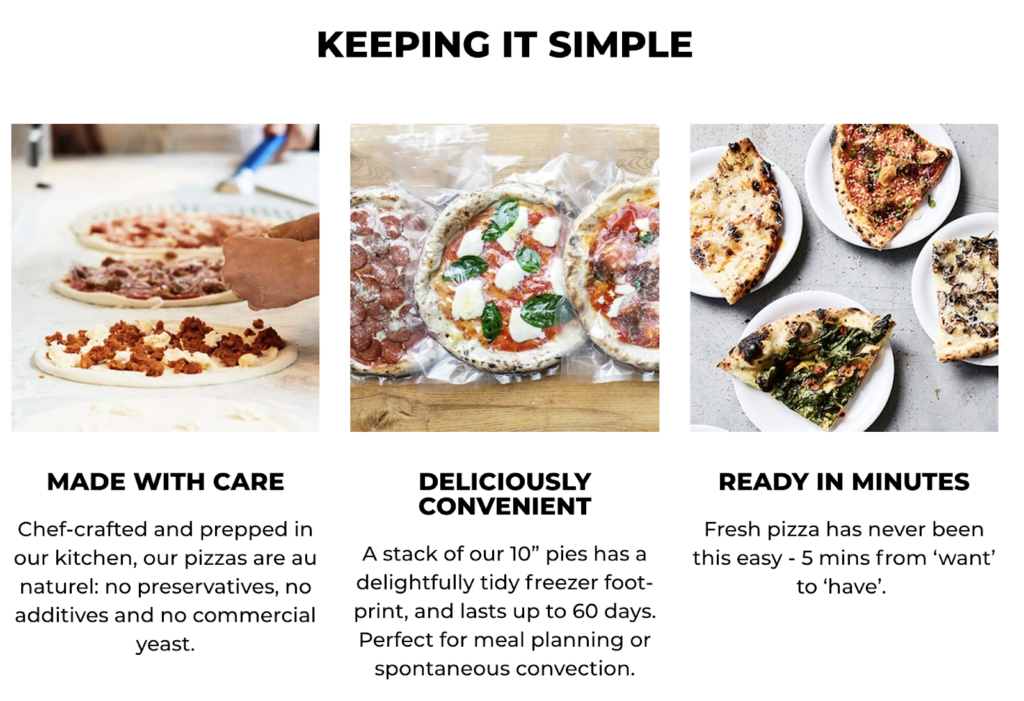
The Sill, a houseplant company based in New York, similarly became a click and mortar business out of necessity, shifting their one-time purchases to subscriptions.
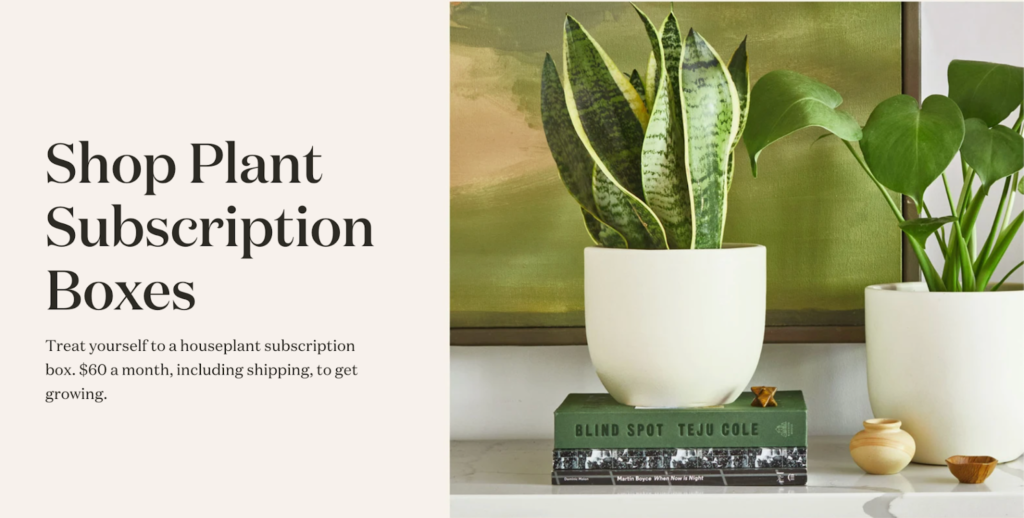
They offered a houseplant subscription box, providing future plant parents with easy-care plants in chic planters delivered right to their doors. They even made sure to offer pet-friendly plant subscription boxes with specific non-toxic indoor plants.
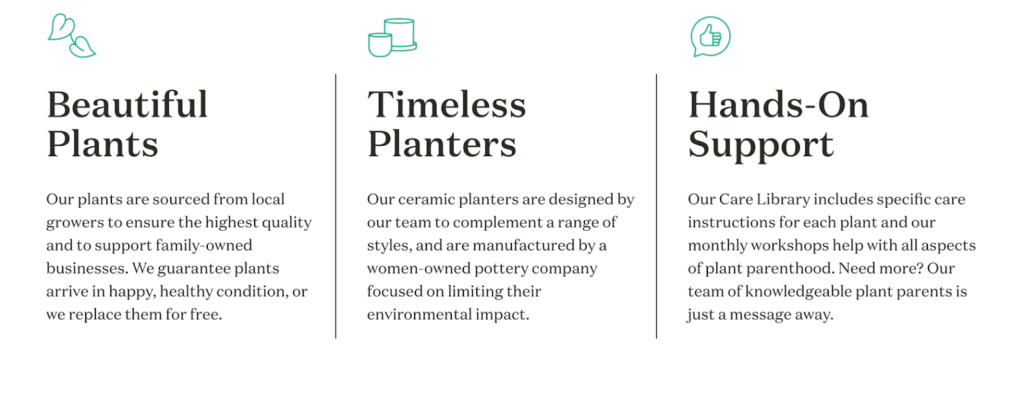
OLIPOP is another great example of a click and mortar company selling both online and offline. Their delicious fizzy tonics (filled with prebiotics, plant fiber, and botanicals to support your microbiome and benefit digestive health) are sold in-store at groceries like Whole Foods and Sprouts, but also maximized their online presence and offer flexible subscriptions to their customers.

We recently caught up with Eli Weiss, Director of CX & Retention, and Steven Vigilante, Head of Growth Marketing at OLIPOP on our Hit Subscribe podcast. The company was able to hit their 6,000 subscribers mark in under a year, and chatted with us about their hyper-focus on the customer experience.
They stressed how important it is that a click and mortar business interact with customers in a positive way, regardless of the channels consumers approach the brand from.
“Every time a customer reaches out to our brand or engages with our brand, whether or not they love the product or completely hate it, our goal is for them to just have a fantastic experience with the brand.”
Eli Weiss, OLIPOP Director of CX & Retention.
Meet your customers where they are. That was the mantra for businesses in 2020 who were able to take their store online, establish a web presence (a clear cut brand identity) and find their customers on whatever channel they prefer.
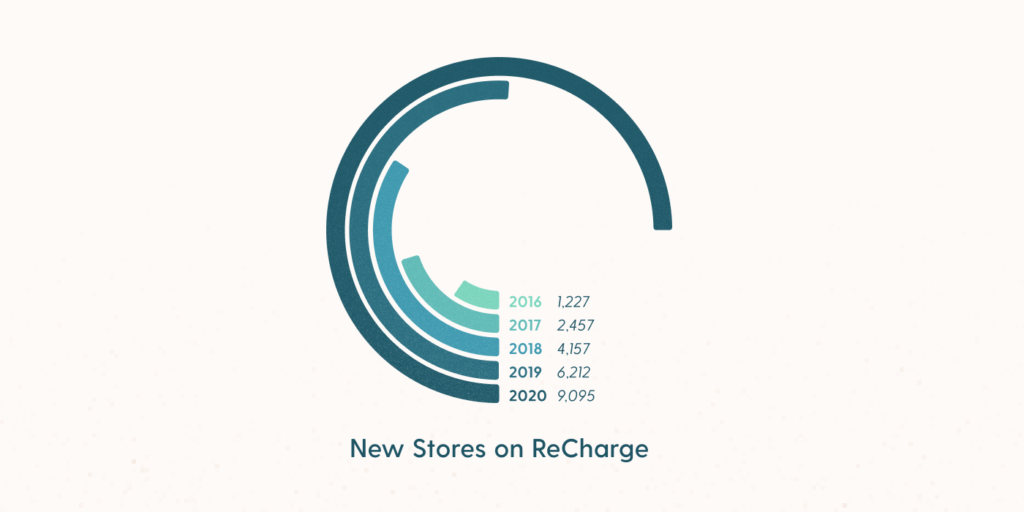
To put a button on it, the subscription rocketship is only rising higher. Our Subscription Commerce Report shows how companies shifted to meet the demand of their shoppers over 2020 by offering their products on subscription. Our data shows that the number of Recharge merchants, many of which were traditionally brick and mortar, increased by over 3,000.
Competing with Amazon giants
It’s a big jungle out there for all retailers trying to compete with the mega-giants like Amazon and Alibaba. But the click and mortar model opens up the doors to selling to customers past the horizon line of your store’s front door.
There is an advantage to being a little fish in a big pond full of big fish. Our State of Subscription Commerce report outlines it quite nicely for merchants who don’t already have a large customer base, significant brand awareness, or ample marketing spend available:
Differentiation and diversification are key to standing out in a saturated market. Many merchants will never be able to match these outlier brands, and that’s okay. Without the constraints of corporate processes and operations, smaller brands can compete on speed, agility, and innovation. Merchants must utilize data, understand customers, and form a plan of action to meet them where they are and anticipate where they may be going.
The State of Subscription Commerce Report
Some last pieces of advice to get the best out of that strategy?
Focus on data-driven product development, creative marketing campaigns to reach new customers, providing value beyond product transactions, and creating a sense of community. And cultivate customer loyalty, so your brand isn’t just a store, location, or website, but also represents a community who enjoys your products because they align with their personal values.
